Cal Offense in year 1.5: Play Action, Condensed Formations, and Outside Zone.
Major concepts that the offense is going to use.
This is a preview of our premium subscription. Subscribe today, so you don’t miss any of the paid articles for the 2021 football season. This article and others like it will be behind the paywall after the TCU game.
Despite the “water is wet” level insight of a likely apocryphal quote all football offenses are geared towards scoring. Scoring is the goal and the only real aim in each offensive system, whether it is “spreading the ball around”, or “establishing the run” or even modern concepts such as “efficiency vs explosiveness” of an offense are all tools for that aim.
The question of how to score points is what offensive schemes try to answer, for some it means running the ball and grinding the opposing defense’s will to play (see. 2019-2020 Tennessee Titans, Stanford under Shaw), others it is to force the defense to defend the width of the field (Traditional West Coast Offense) or the length of the field (Air Coryell, Air Raid). The list goes on and on.
Case of Musgrave
The question for me is “What is OC Musgrave’s answer to that question? What is the doctrine of offense for the team?”
From the last couple of years of the Wilcox regime, the idea is to run the ball, control possession, and generate explosive plays off of play-action. Coincidentally, that is also the philosophy of the Kyle Shannahan offense with the 49ers.
The two plays I think that will exemplify the offense and how it’ll produce explosive plays are the two most recent TDs by our QB, Chase Garbers.
The 28 yard TD from Chase to Nikko
The 32 yard TD from Chase to Nikko during the Spring Game
Both touchdowns came out of play-action and were deep strikes that isolated Nikko Remigio on a shot play for a big gain. Each of them used a key concept from the Shannahan school of offense.
Let’s start with the first TD of the night:
Singleback Bunch Right, X Post, Y Drag-Wheel, F Go.
We can see here Oregon’s defense has a safety shading over the X receiver (Makai Polk) and zone coverage, likely cover 2 pre-snap. Note the tight condensed formation of the offense causing the Oregon front 7 + DBs to be condensed near the LOS close to each other. This is important because the route combination run from this formation relies on Oregon losing Nikko in the mix.
With the X receiver (Polk) running a post and the Z receiver (Crawford) running a go route both occupying the safeties the F receiver’s job (Nikko) is to sell a drag route only to pull it into a wheel up the sideline, hence drag-wheel.
The condensed formation makes it much harder for the defense to run man coverage on the bunch due to the possibility of a natural pick play springing any of the bunch wide open, but with zone coverage there is also a possibility of a player being lost in the sea of blue and gray. In this case, the formation and route combinations were designed to have Nikko be the player lost in the E Street Shuffle.
Hard play-action with Chase doing his best Copperfield impression hiding the ball behind his back. Both Moore and Tonges are in pass protection which means it’s a 3 man route with max protection. Both ILBs for Oregon get sucked into the run action, and the corner near Nikko thinking that he’s going to continue or sit his drag route in the space between the ILB and him.
Nikko is faster than the ILB who is already a couple of steps behind him and the corner is flat-footed and facing the wrong way to chase Nikko who is about to turn upfield.
This is why the Play-action component is so important, even with a bad rushing offense/game, it forces the ILBs to freeze or even commit to the run fit freeing up space behind them and making them flat-footed in case a drag route turns upfield.
Here we can see both the DB and ILB 5 yards behind Nikko and the Safety who was drawn to Makai’s post being late to a wide-open Nikko. The route concept here draws heavy inspiration with how The Niners and Rams have used their skills players in condensed formations with a long developing drag-wheel.
The condition for this play to work is that either we have an elite pass-pro OL (we do not) or we set max protection (ie. both RB and TE stay in pass protection) and only have 3 players running routes. Another condition is that Chase has the arm to get the ball to Nikko on time, the ability to see where the safety covering Makai was going, and the willingness to push the ball down the field.
Looking at the Spring Game touchdown I think we can see that he does have the three pre-requisite skills. Likewise during fall camp:
Tiger Solo Left ‘F’ Short, X Drag, T Flat, Z Go
Here is another example of Cal's offense using a condensed formation. Note that it’s Kekoa Crawford in the TE Position (I doubt we’re going to play him at in-line TE in real games). Here the defense is in over front 3-4 base alignment and a cover 1 look where Nikko Remigio is placed on an island against the DB.
Note how he isn’t aligned on the ball like a traditional outside WR. This is because we already have 7 men on the ball (5 OL, a TE, and Kekoa), this means that despite the man-on-man match up Nikko won’t be jammed on the LOS letting him release more freely.
Here you can see the rough route distribution. Nikko is tasked with running the clearing out Go route opening the space for Kekoa in the flat and (Reinwald?) the TE in the crossing route. The usual read here is Flat to Cross, it’s meant to be a quick hit to get the ball in the hands of a playmaker in the TE position (JERMAINE TERRY, SECOND OF HIS NAME) or an open TE in running from the backside of the play if the WLB is sucked into the flat.
However, the Go route has an alert in cases of 1-on-1 matchups, and from the looks of it Chase was going deep the moment the snap was made and the defense remained in Cover-1.
The naked bootleg play-action eliminated the whole DL and half of the LBs from the play by drawing them to the boundary side of the field leaving Chase with metric tons of turf and no one to pressure him. With the way the routes are structured, they provide Chase with a simple half field lo-hi progression for the routes described above.
You can see here that the flat route was covered by the WLB (Cam Goode), and the crossing route was covered by Mo Iosefa who has a near-supernatural feel for where the ball is.
Most of the time this play results in a QB scramble for a couple of yards or a throwaway. However, with Nikko in a favorable 1-on-1 and the safety crashing the crosser, Chase can send the ball to his favorite WR for a score.
We can see here the safety isn’t even in the zip code to impact the play, a true one-on-one match-up. Touchdown Nikko.
This play is basically what the Niners ran to oblivion during their 2019 Super Bowl run. By forcing opposing defenses to make impossible decisions where whatever they choose, they’d be wrong.
Summarizing the importance of this play I will turn to Jared Goff when he was with the Rams about the play-action boot with the same concept.
“In play-action, we run a lot of what we call three-level throws,” Rams quarterback Jared Goff said in an interview for ESPN. “Usually, it’s something vertical, something intermediate and then something like a checkdown to a running back or a tight end. When I was just starting to understand things last year, it might have been one-two-three. Mechanical. Now I can see before the snap: OK, that deep ball is probably not going to be open, so this throw is probably going to the intermediate guy. You start to play the percentages, see what’s most likely going to take place.”
I highly, highly recommend reading Ted Nguyen’s 2018 piece on the play-action to get more detail on what the Cal passing offense may look like in 2021. And this Matt Miller piece on the 2019 Niners specifically the section on condensed formations.
To Conclude
From the looks of it, the Cal offense will be borrowing heavily from the Shannahan/McVay school of NFL offenses. Expect lots of condensed formations (evident from my watch of the Spring Game where most of the formations were variations on 3 TE sets or tight Bunch sets), heavy reliance on play-action with the RB and/or TE joining the OL in pass protection, and bootlegs by Chase which could also mean more rushing opportunities for the QB.
Many of the concepts depicted above and in the articles linked above are difficult to defend but also difficult to learn and install. There is a reason why it took Matt Ryan a year to learn the Shanahan offense, there is a reason why colleges aren’t running this scheme more widely. I do think that using Erhardt-Perkins terminology to pare down on individual route combinations and moving parts will help Chase and co. learn the offense. (Rather than tagging each route for each WR as I did above Musgrave would tag each side with a single word). I am an optimist about this, with a veteran group like ours, an actual offseason rather than the Covid one in 2020, and a simpler way to communicate plays I do think we’ll see the offense bear fruit.




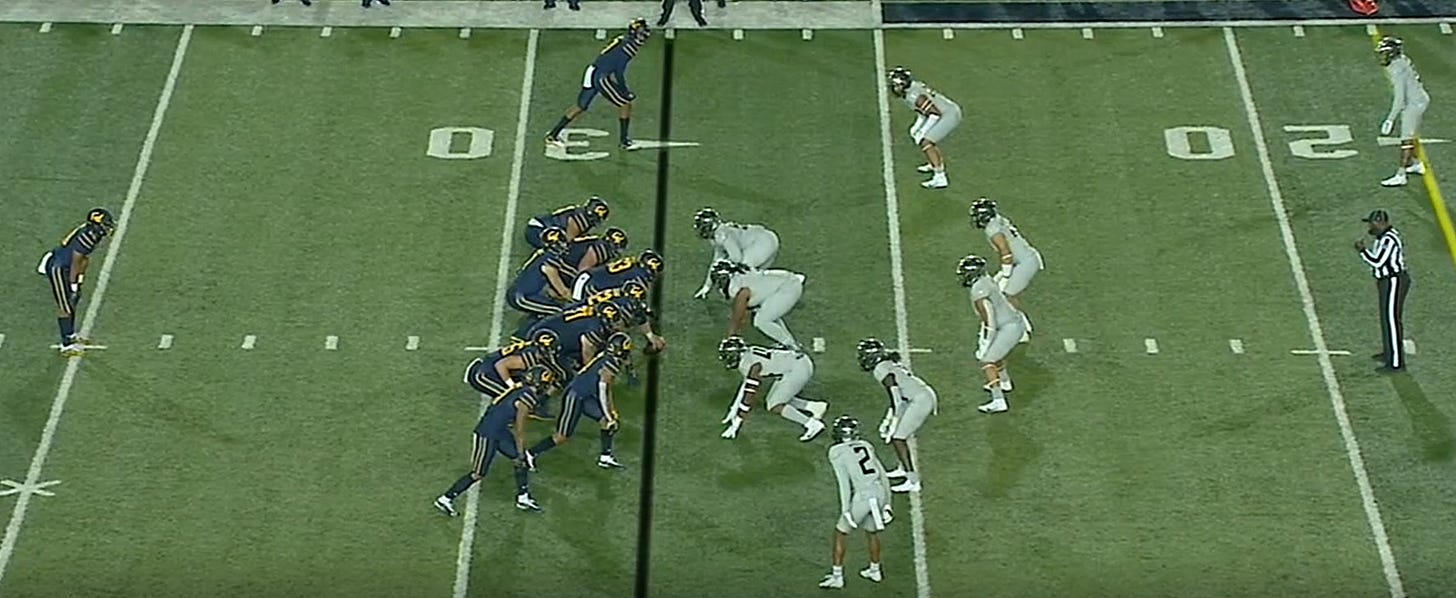
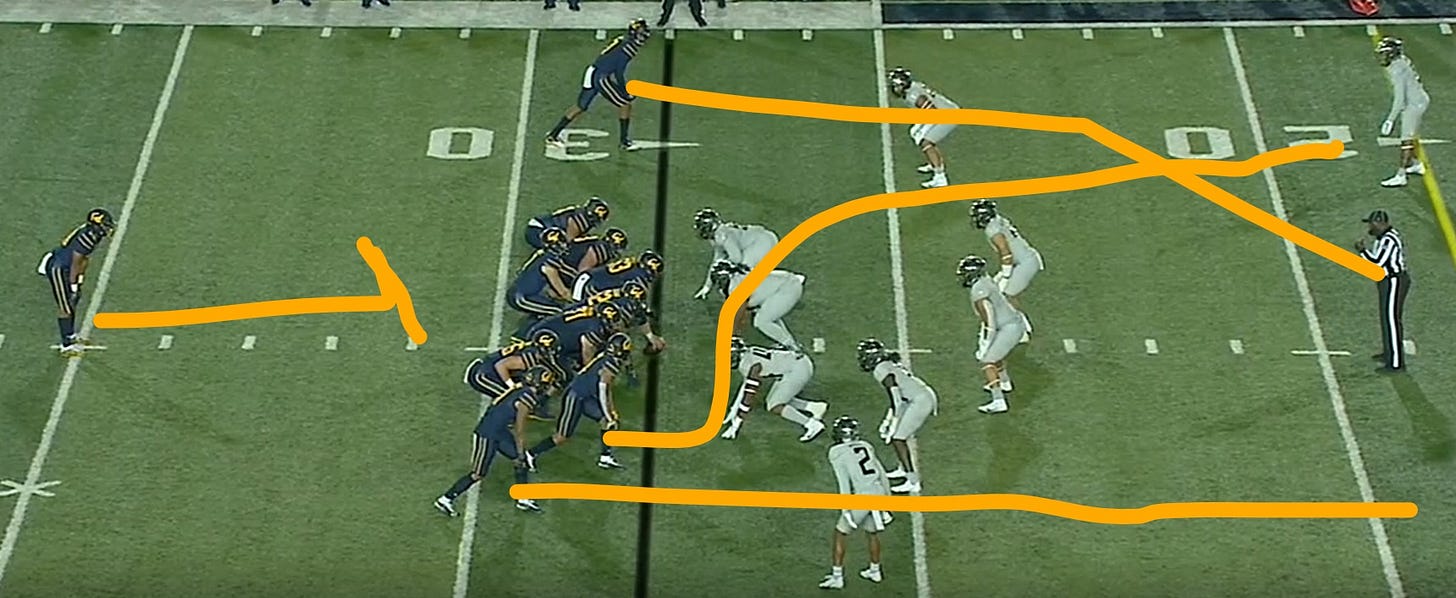
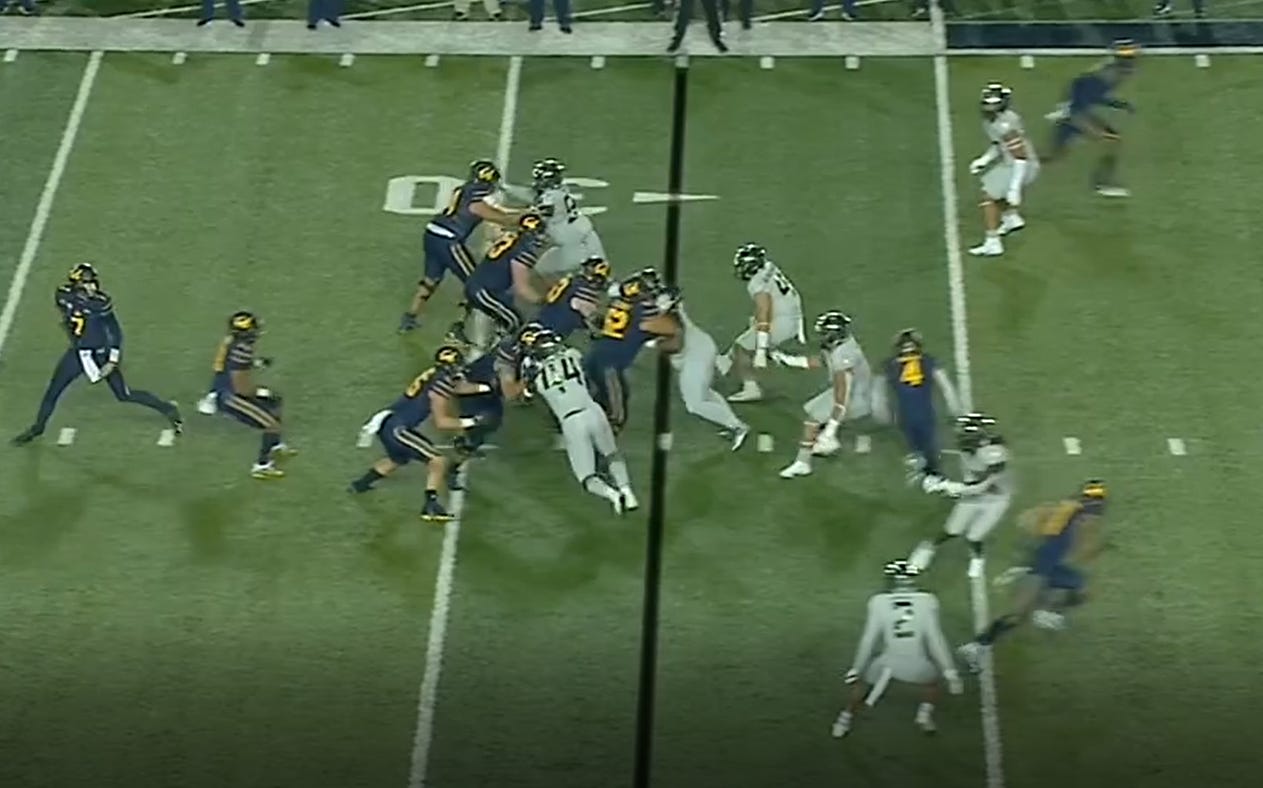
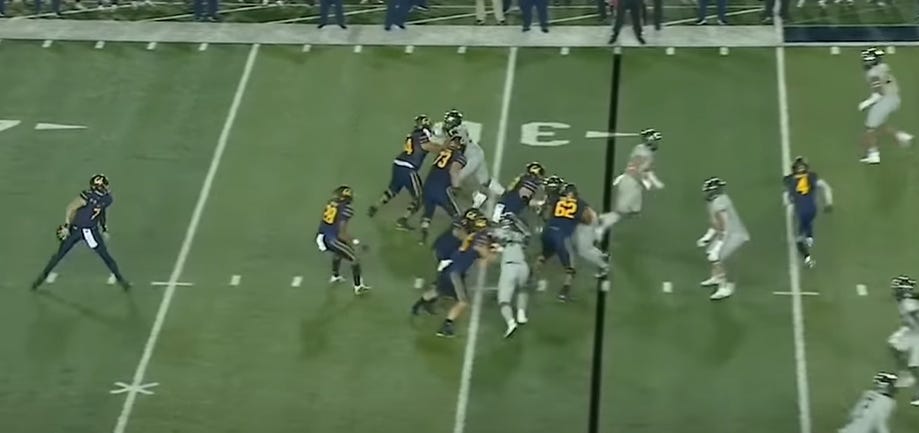
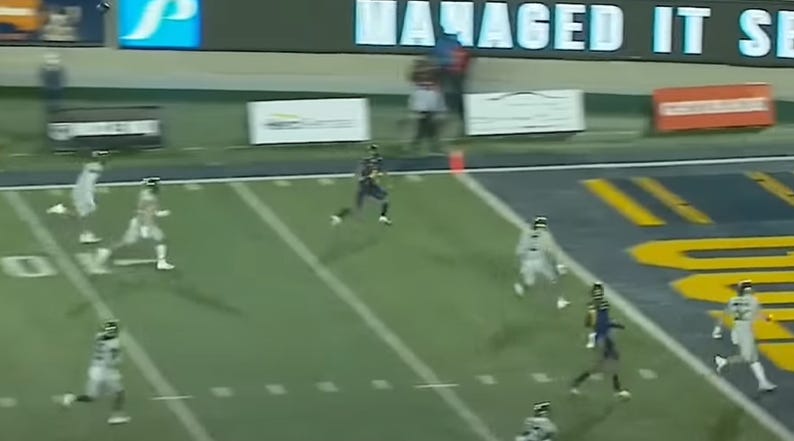

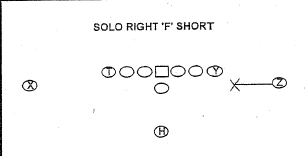
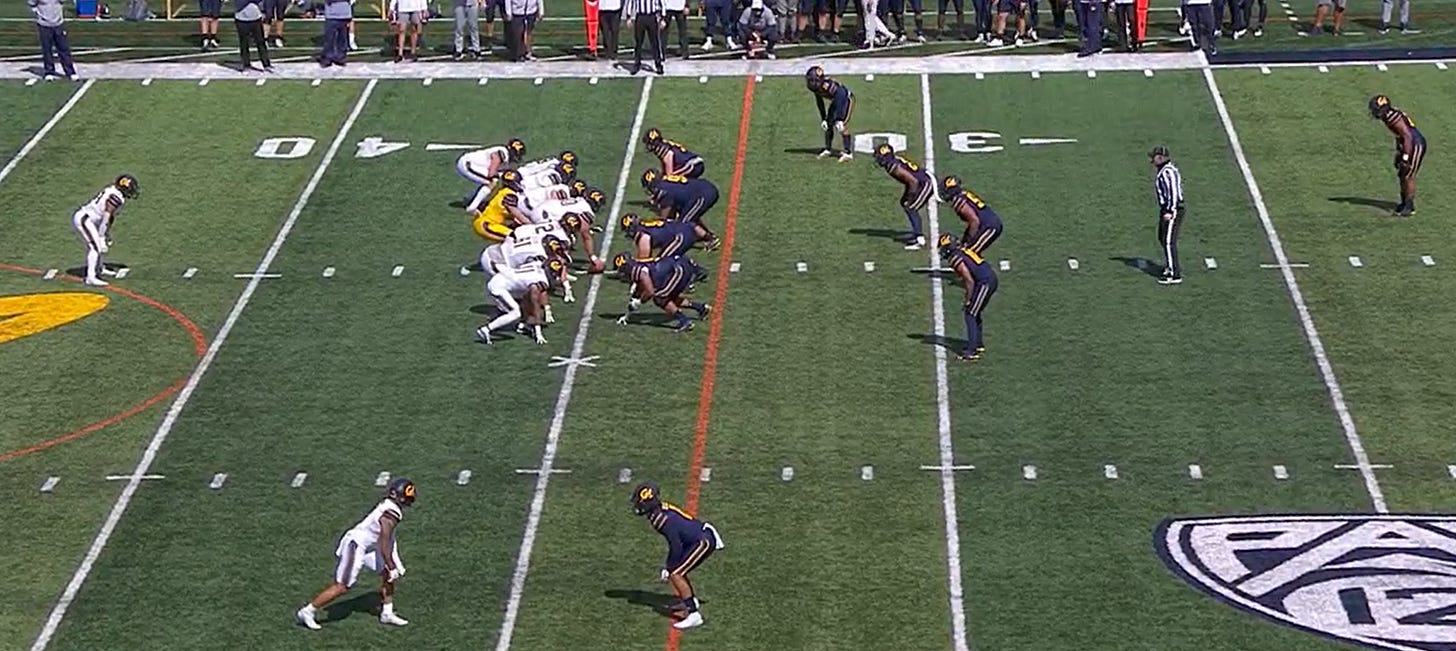
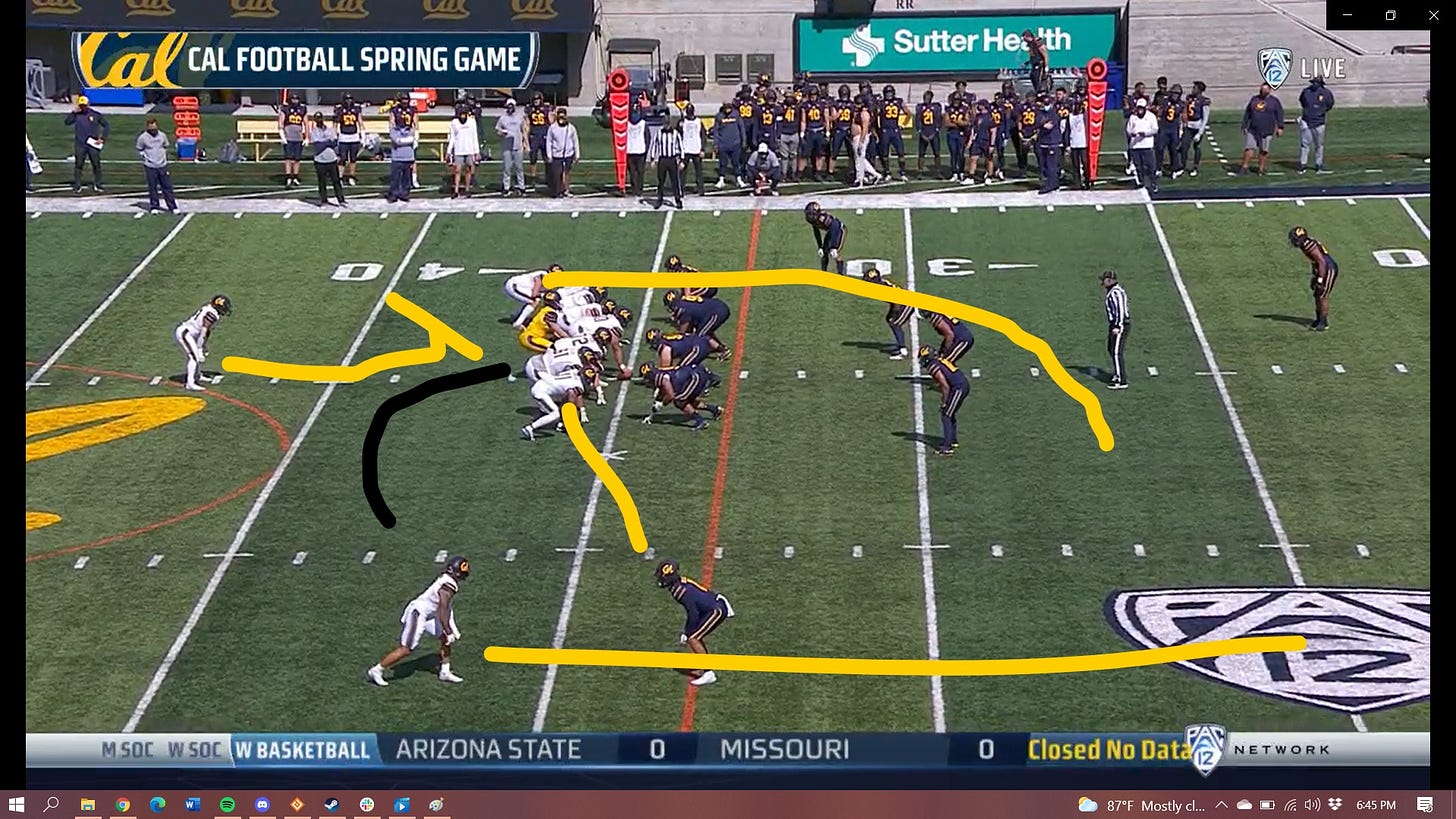
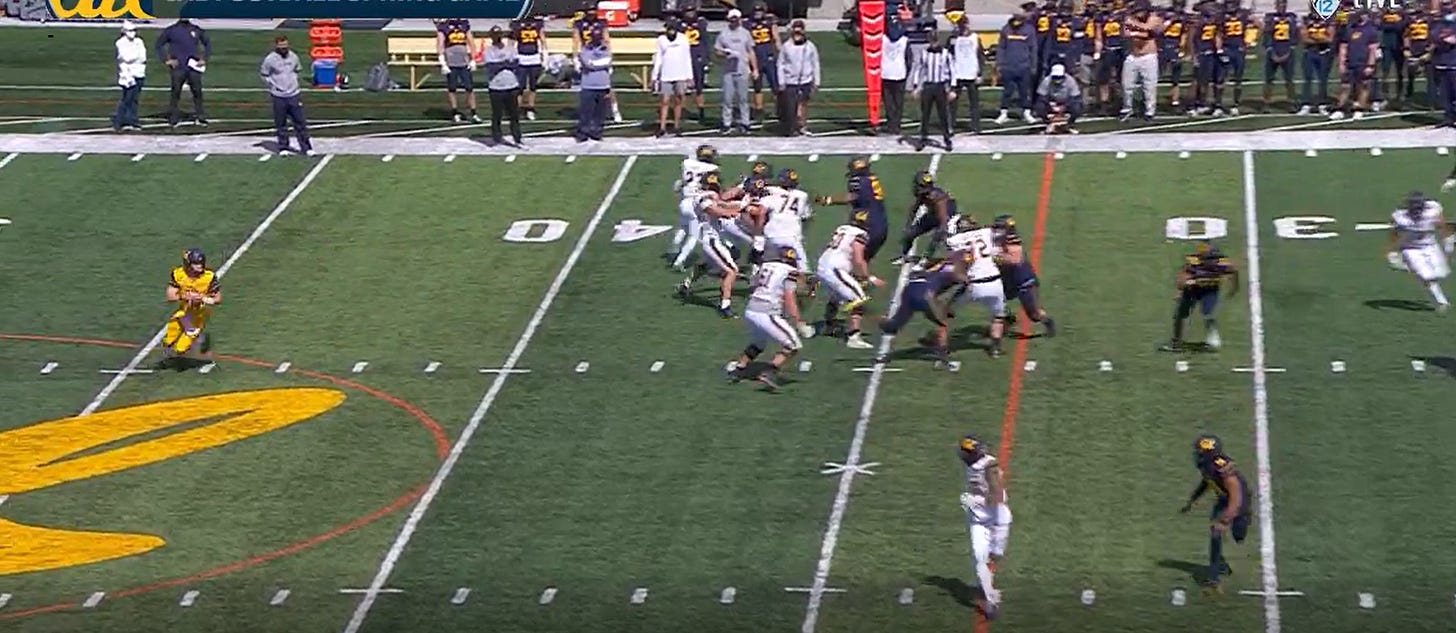
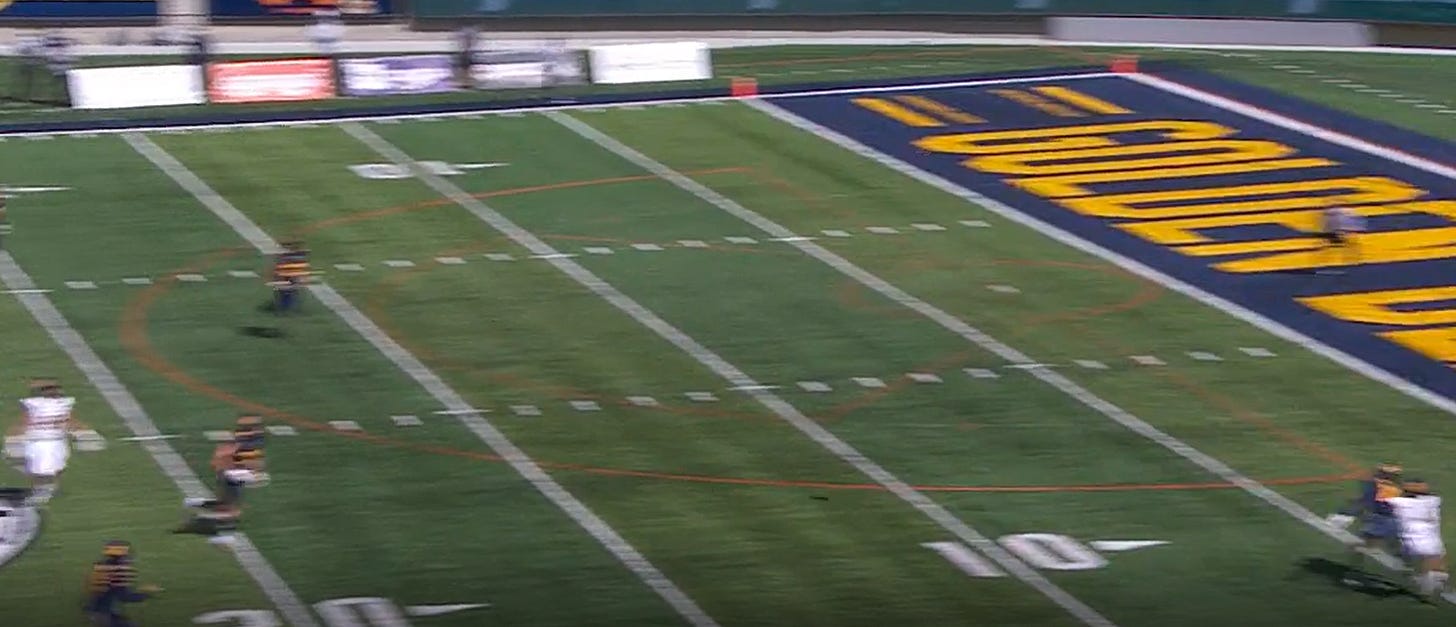
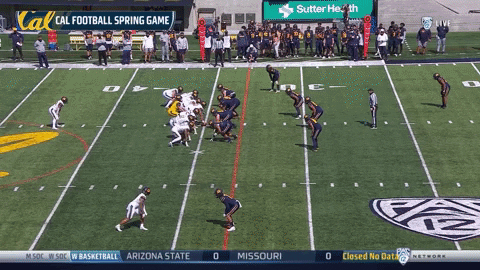
One of the big questions I have about the offense this year is if we can run routes that take a bit more time to develop without going max protect